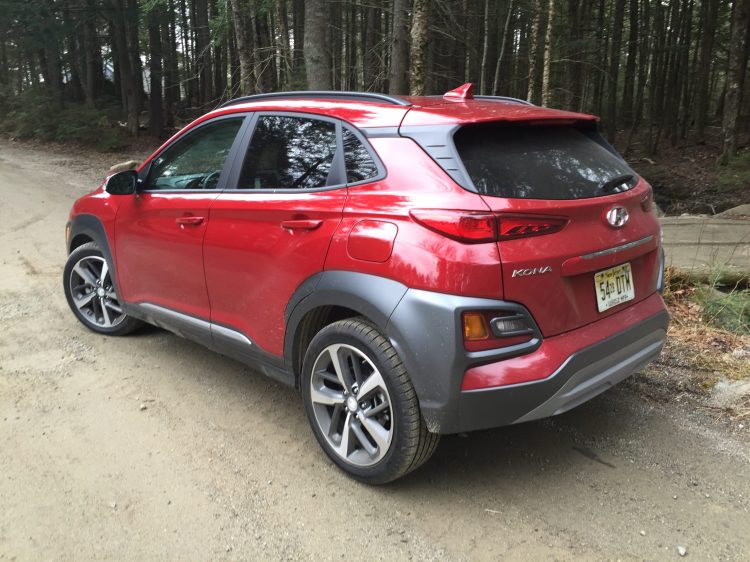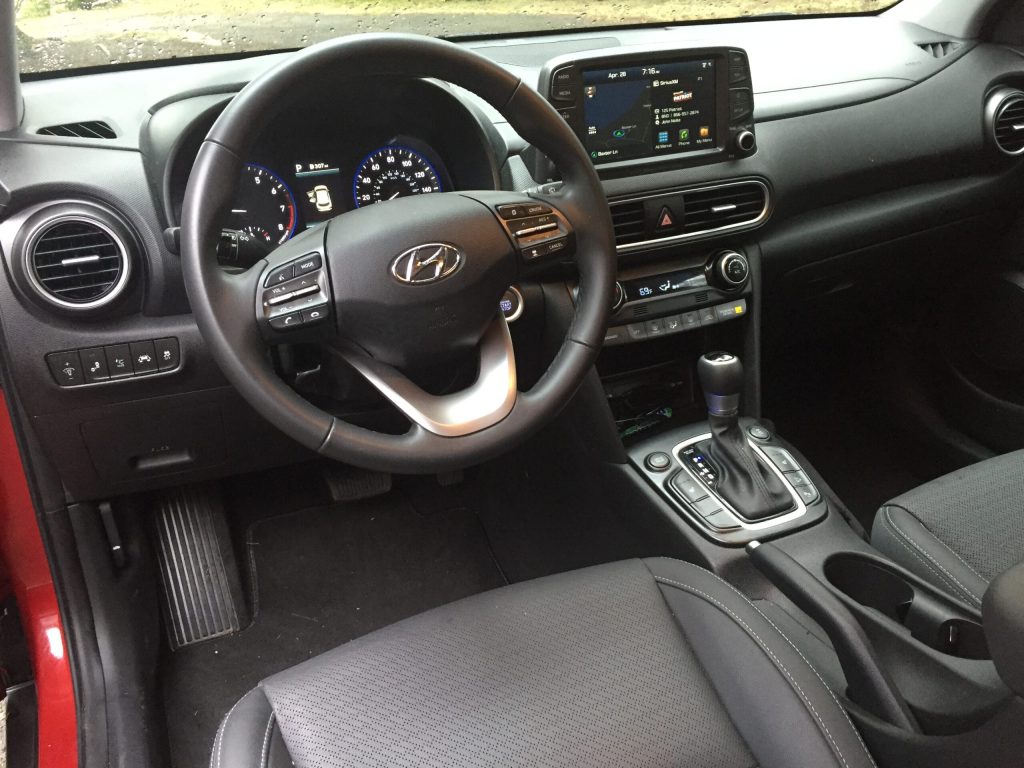Remember when small cars were cheap, and built to stay that way?
Today there are very few small, inexpensive cars on the market, reflecting consumer’s preferences for more upscale, better equipped transportation devices. More safety gear, lengthy lists of features and amenities, plus expected convenience pieces have pushed small vehicle pricing far beyond the entry-level products of just a few years ago.
There are also a lot fewer small cars to pick from as buyers rapidly gravitate towards the virtues of five-door wagons/crossovers/SUV’s. No matter what your needs, there is now a five-door crossover segment to fill your demands.
While small cars were generally 3-box designs—a tiny engine box up front, a cozy passenger box in the middle, plus a constrained trunk out back—today’s two-box crossovers over more of everything. They can be equipped with AWD, which buyers want more frequently and small cars usually lack; the fifth door hatch affords vastly more cargo carrying flexibility than any trunk can; plus the passenger space is more airy, more comfortable than a sedan. Add in a higher H-point—the height of your hip for ingress and egress, and well, crossovers just seem to fit American’s lifestyles much better than small 3-box sedans.
Going out on a limb—without a rope, it seems that drivers will continue to make small cars less relevant and crossovers a larger segment of the driving fleet. Especially models like this week’s Hyundai Kona.
The Kona, part of a full-range of crossovers from this Korean brand (urban crossover Venue, sub-compact Kona, compact Tucson, mid-size Santa Fe, plus full-size Palisade) comes in three flavors and five trim levels. The base FWD SE model ($20,300) features a 147-hp gas engine. The tested Ultimate AWD uses a turbocharged 1.6-liter 175-hp engine ($27,950), while the fully-electric Kona ($37,190) is powered by a 201-hp battery pack good for 258-miles of electric driving.
Central to this model is the engineering structure that allows for gas engines or electric power, while still employing AWD or FWD. With much more driving verve and interior refinement than similarly sized rivals like the Buick Encore/Chevy Trax or Honda HR-V, the Kona stands out in the sub-compact class.
As both Hyundai and sister-brand Kia have marched to the top of the quality ratings among all brands, there are obvious signs of the sophistication and enhancements evident to achieve these top scores. Convenient controls that operate intuitively and precisely provide initial signals about quality. Easy to use touch-screens provide safe entertainment, while supportive heated seating delivers all-day comfort. With that turbo-engine generating spirited performance—with a responsive mid-range that is particularly satisfying when really needed—the Kona checks a lot of consumer choice boxes.
There are plenty of electronic driving assist pieces, as well as the absence of the wonkish stop-start systems that remain intrusive, and imperfect. Paddle shifters are also missing, while not being missed at all. Best of all, the electronic aids don’t overwhelm, but assist when you designate them for duty. Too many new cars force buyers to accept their over-arching presence and adapt, and give-in to this nanny-state intervention.
Rear seat space is good for this class, plus the cargo hold easily adapts to necessary expansion.
The only con for our time together was the persistent road noise above 60-mph. A little more sound insulation would really cement this car’s solid feel, composed driving manners and overall fun factor.
Stocked extremely well—a Hyundai marketing emphasis—the Kona Ultimate is capable of convincing buyers that this is a responsible, sensible small vehicle that won’t wear you down before the payments are finished. Power leather seating with lumbar, sunroof, navigation, Sirius HD-radio with 8-speakers, Apple/Android, LED lamps, keyless access and ignition, dual-zone auto climate, dual-clutch 7-speed automatic, locking AWD, plus electronic driving aids for $30,000 is very competitive today. EPA mileage estimates are 26/29-mpg, with a realized 31-mpg.
The economics have changed in the last few months. Many buyers will gravitate towards more frugal, sensible transportation. The Kona moves the needle way beyond cheap small cars with an attractive package of affordable comfort, performance and practicality.
Send questions/comments to the editors.





Comments are no longer available on this story